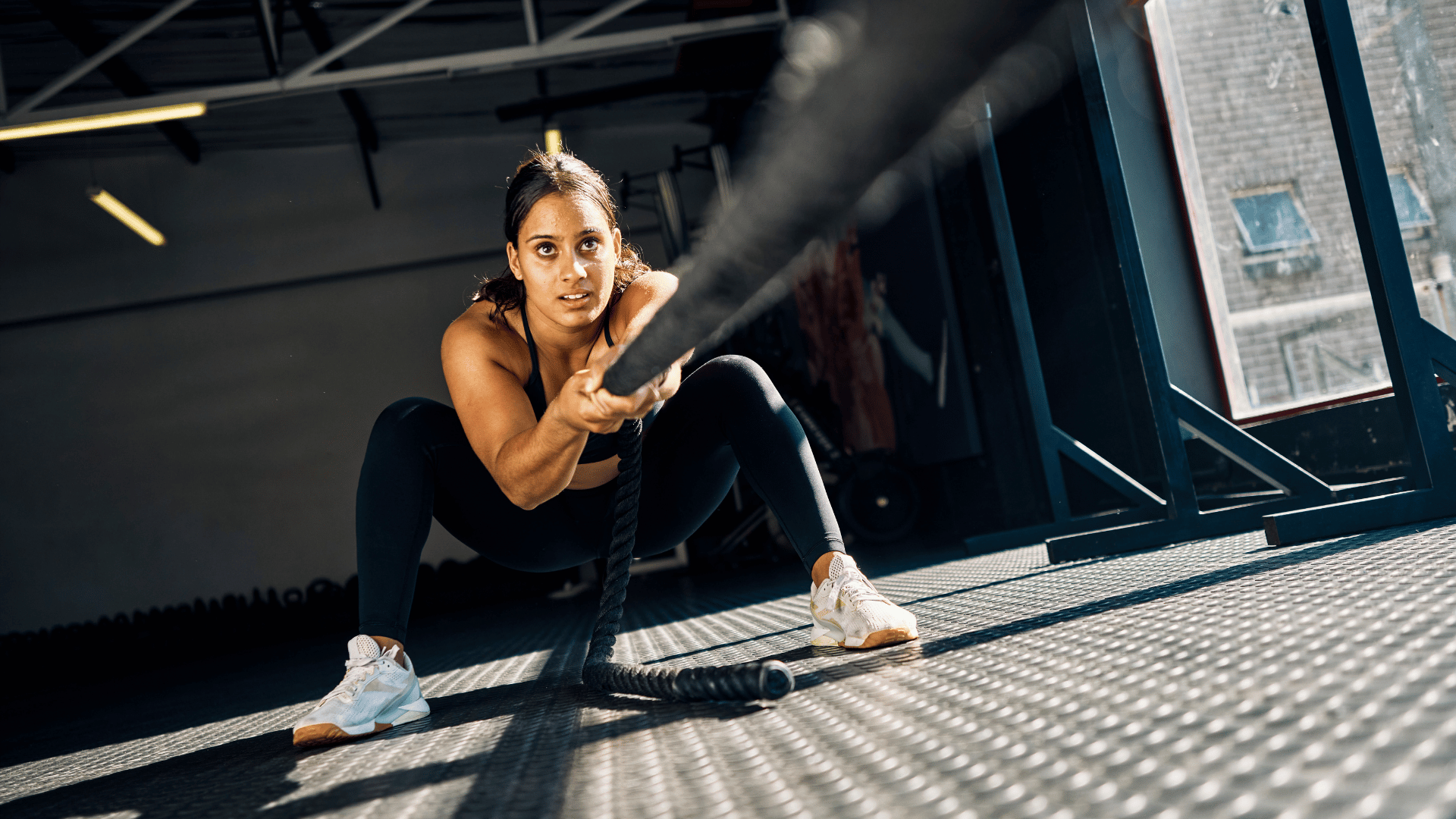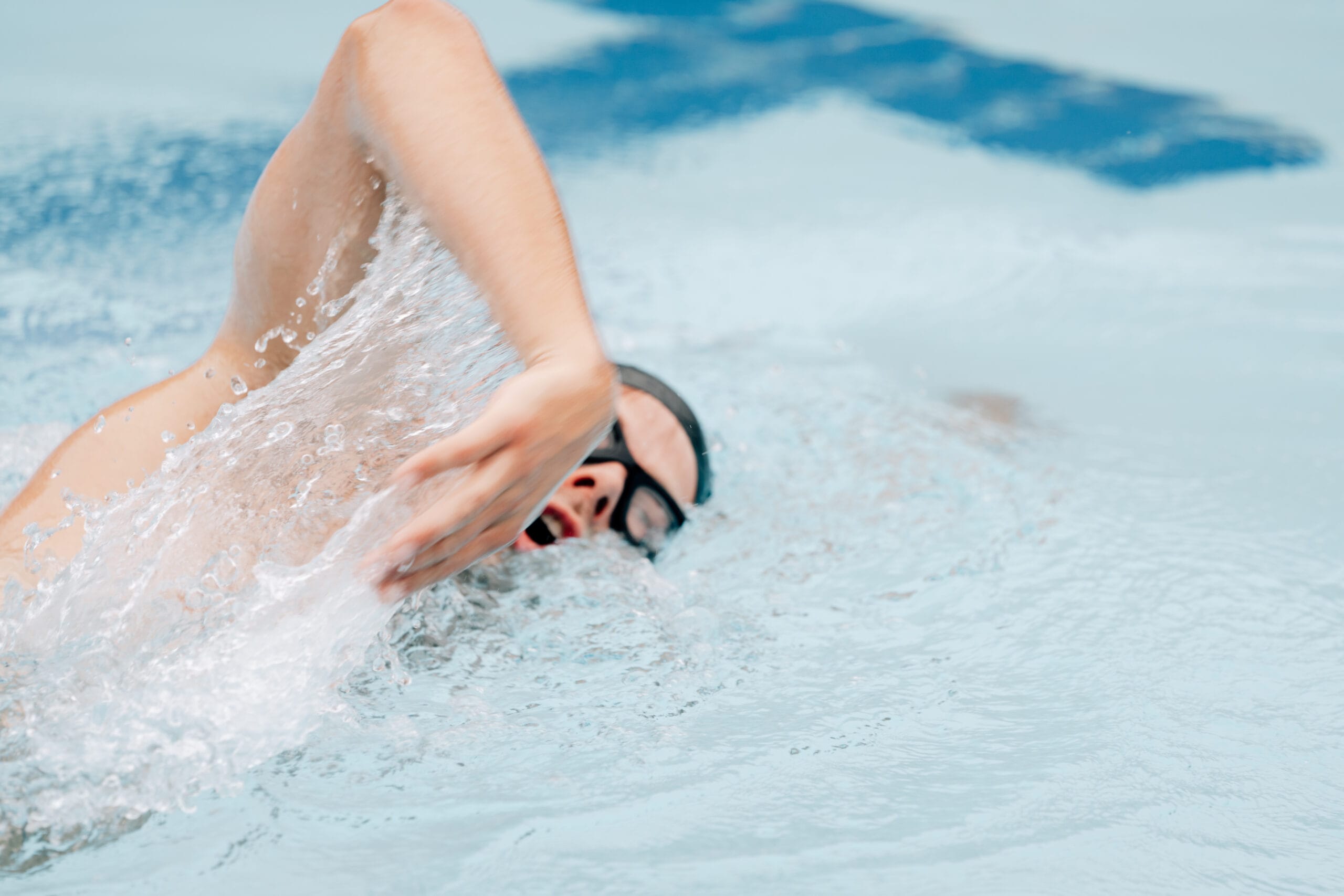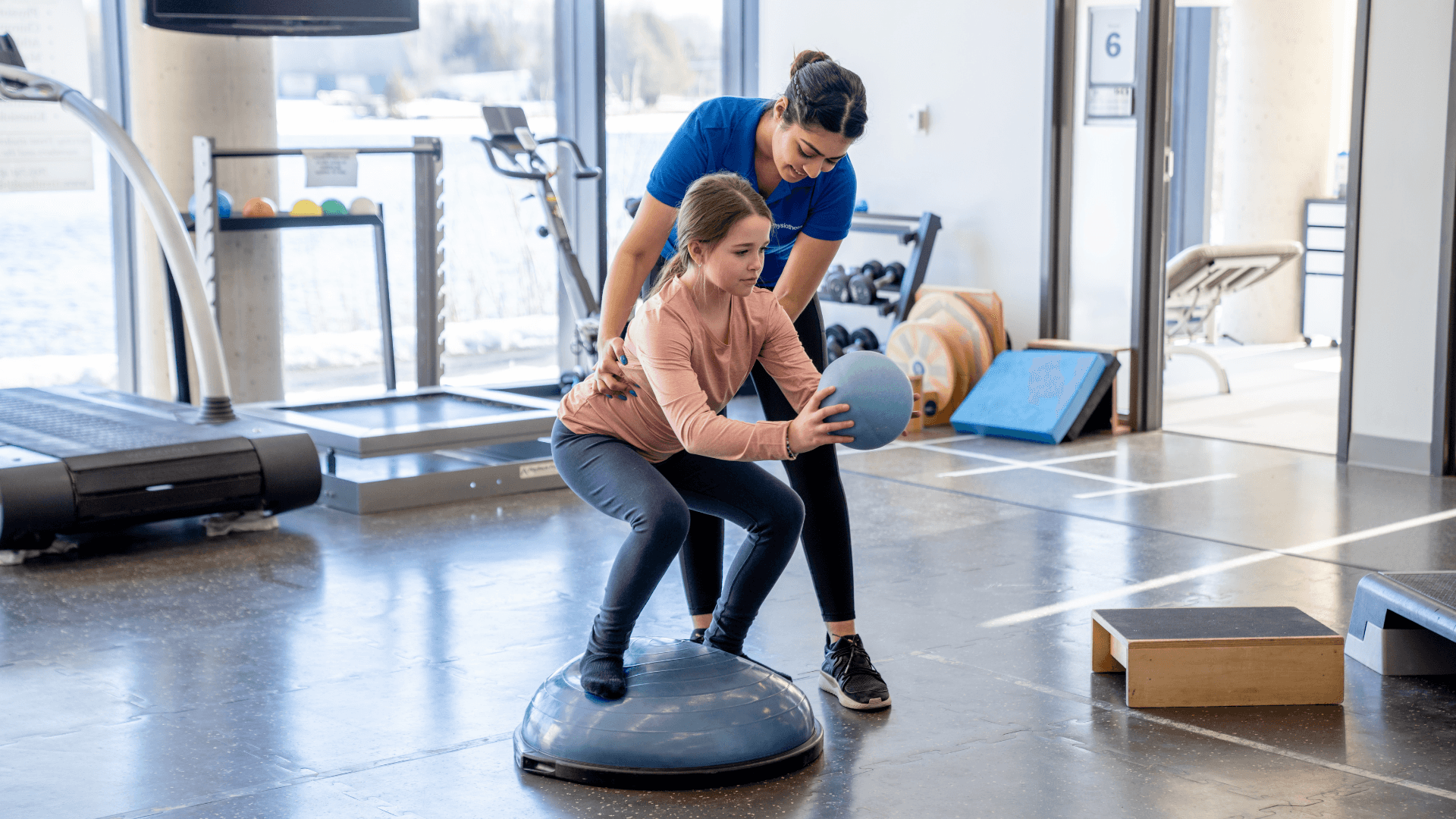Muscle Inhibition in Knee Pain

Pure Sports Medicine
- 25 August, 2019
- Lower Limb
- knee pain
- Physiotherapy
- Exercise
- Running
- Podiatry
- 4 min read
If an area is injured or inflamed the muscles around it can likely ‘switch off’ leading to other muscles and areas having to work harder to compensate. We discuss this in relation to the knee, the signs, symptoms and appropriate treatment.
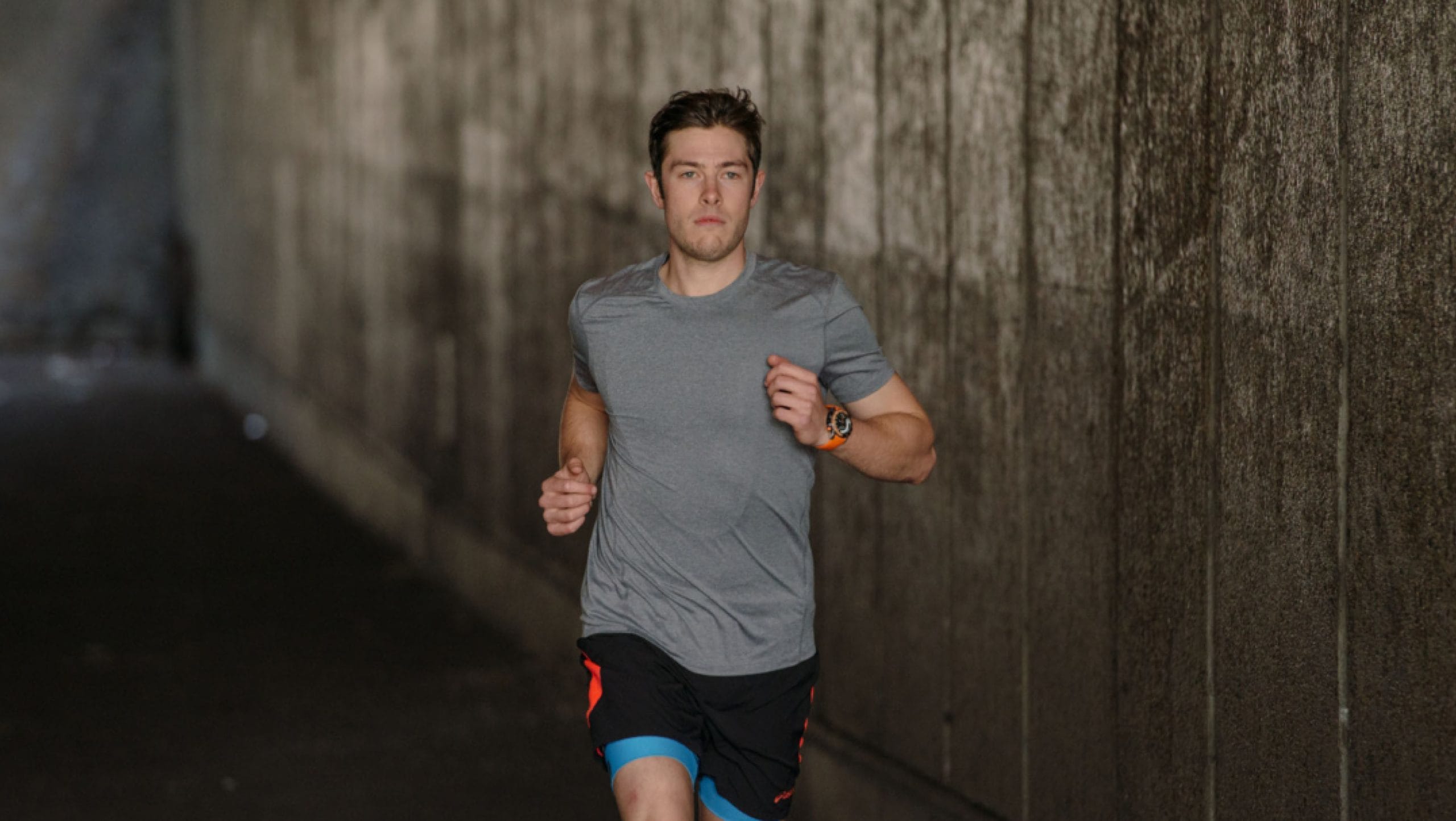
To most people, muscle inhibition may seem a strange concept. You may think that since you are able to walk, run, sit and stand, surely your front thigh muscles are doing something! However, the way I describe it to my patients is to picture their body like the motorway. Each lane represents a different muscle (of the leg in this instance). Let’s say there is a pile up in one of the lanes (e.g. getting a dead leg from playing football affecting your front thigh muscles), traffic will have to be rerouted into the other lanes.
This is typically seen within injuries I specialise in, where an injury affects the knee muscle, the front thigh/quadriceps, as they attach onto the kneecap. They then must contract around an area that is likely inflamed, and this leads to the muscles ‘switching off’ and traffic being moved into different lanes, like your hamstrings, glutes or back to help you run, walk, stand, etc.
So essentially, it is the muscle (quadriceps in this instance), not being utilised to its full capacity. I’d like to use another analogy to explain this (yes, I love an analogy). Your quadriceps work more when you straighten your knee and less when you bend it. Think of them like a light dimmer. With the light very dim, the knee is bent, so not many of the muscle fibres are being used, but they still need to be strong enough to work, like standing up from a low chair. Now, if you turn the dimmer up really strongly, that is the same as having your knee fully straight; you have all your muscle fibres available to use. In muscle inhibition, regardless of how straight your knee is, the dimmer is still low. Consequently, not many of your muscle fibres are being used.
This can be problematic when it comes to running, climbing stairs, or playing sports. The quadriceps muscles are appropriately shaped so that they provide a large proportion of the force needed to complete these activities. So, if they aren’t being used as much as your other muscles, this can lead to issues such as pain.
Studies many years ago have noted muscle inhibition affecting strength and control in patients who are pre and post-operative (e.g. knee arthritis leading to a knee replacement) and may be present prior to an operation, which increases the likelihood of using your joint to balance and propel yourself (Hurley & Newham, 1993).
Therefore, the less weight your joint takes, the better for its overall health. If we can improve the muscle’s inhibition, then the joint will take less weight and ultimately stop some people from needing an operation.
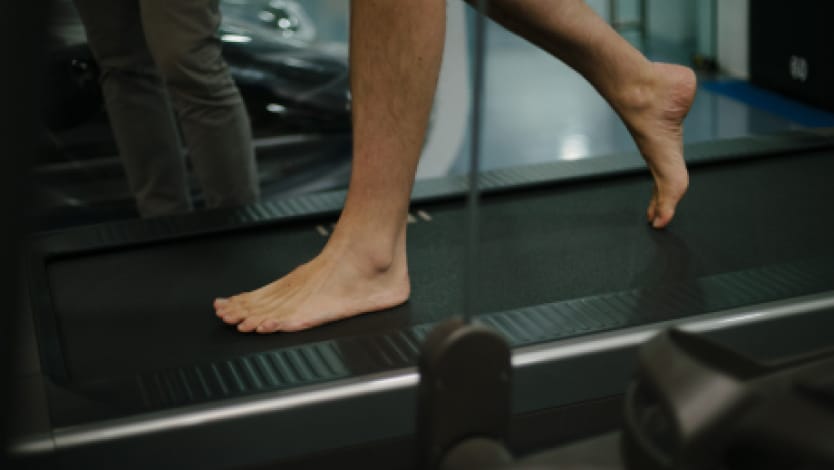

What causes muscle inhibition?
Muscle inhibition can occur for a variety of reasons! The most common is injury around the area; most of the cases I treat are patellofemoral pain, a torn ACL (Anterior Cruciate Ligament) or perhaps an injury to a tendon (an end of a muscle which attaches to bone) near the area.
In hyper-mobility syndrome, some of the muscle tendons have a slightly different composition and therefore give less feedback to the muscle about what position it is in.
Sadly, your body can let you down slightly, due to how your femur (thigh bone) is naturally shaped and rotated, and this could make your quadriceps less likely to naturally ‘activate’; however, many people can keep themselves strong and not notice any issues!
What can you do?
I hope this hasn’t worried you that the muscles around your body have just stopped working, and soon you’ll be dragging your leg around like one of the zombies in Shaun of the Dead. Muscle inhibition is found in pain free individuals, too! Doing some simple activation exercises alongside a tailored strength programme, set by a Physiotherapist, can help reduce the likelihood of any issues in the future.
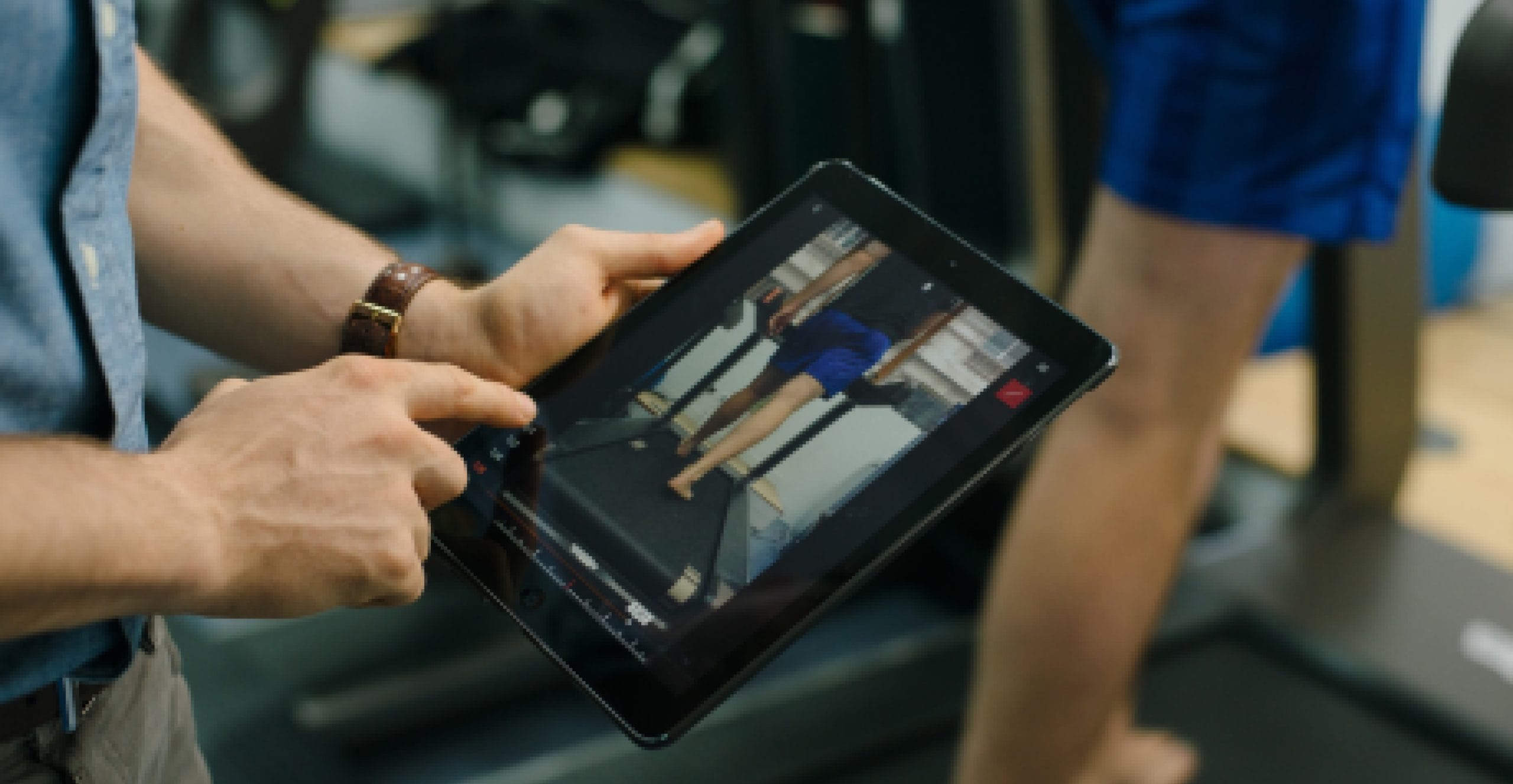
Time to test…
Sit up with your back against a wall so that your legs are straight in front of you and not bent. From here, try and tense your front thigh muscle on one leg so that you see the muscle get bigger without pressing your heel down. If anything, you should notice your heel rise off the ground. Now check on the other side and time how long you can hold it on either side before it fatigues. Also, take the time to see which muscle seems bigger as you tense. I’ll bet, if you have one painful knee, you’ll see the difference!
To make this harder and really see the difference, tense your thigh muscles again and then lift your leg up straight without allowing your knee to bend, then relax back down slowly.
Muscle inhibition can be prevalent in short-term and long-term injuries, but is easily remedied and can kick start an effective rehab programme for any aches and pains. Thinking about motorways and dimmer switches is all you need.
If you think you might be suffering from muscle inhibition or the muscles around the knee are painful and would like to speak with one of our Physiotherapists, please enquire.
Ask A Specialist
References
M. V. HURLEY, D. J. NEWHAM, THE INFLUENCE OF ARTHROGENOUS MUSCLE INHIBITION ON QUADRICEPS REHABILITATION OF PATIENTS WITH EARLY, UNILATERAL OSTEOARTHRITIC KNEES, Rheumatology, Volume 32, Issue 2, February 1993, Pages 127 – 131.

Advice
Over the last 20+ years our experts have helped more than 100,000 patients, but we don’t stop there. We also like to share our knowledge and insight to help people lead healthier lives, and here you will find our extensive library of advice on a variety of topics to help you do the same.
OUR ADVICE HUBS See all Advice Hubs